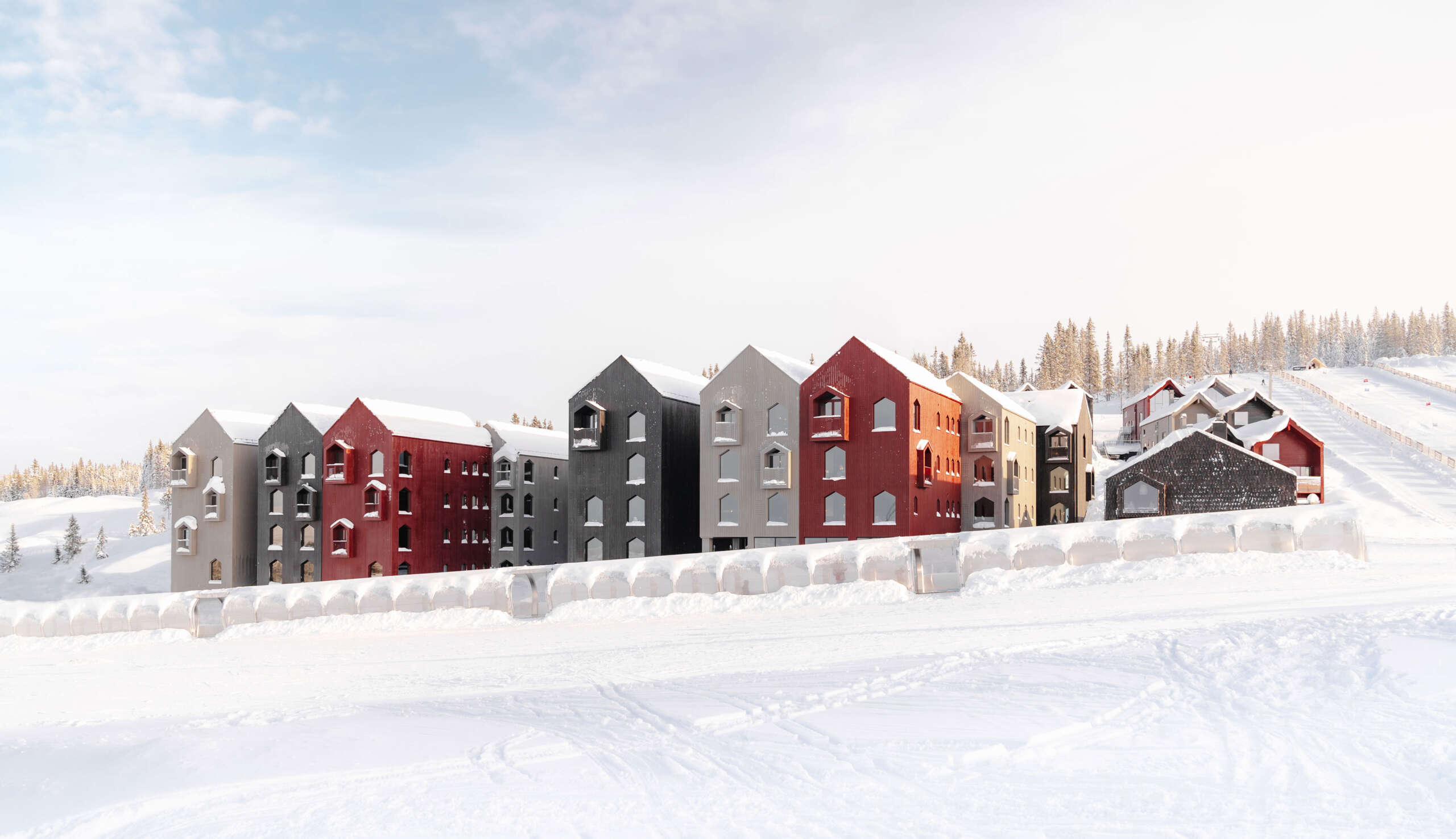The Prambanan Temples are one of the largest Hindu compounds in all of Southeast Asia. Built sometime in the 9th century, they are dedicated to the Trimurti (or trinity) of gods named Brahma, Vishnu, and Shiva. Together, they represent the creation, preserver and destroyer of life respectively, and each has their own temple that sits prominently at the center of Prambanan. Opposite of them stand the Vahana, three smaller temples that represent the three gods of Nandi, Hamsa, and Garuda, who are the vehicles for them here on earth.
What’s interesting is that Prambanan was actually known to the locals in the area throughout the last millennium, but they weren’t formally rediscovered until 1811 during the British occupation of the Dutch East Indies. Why that matters is that the locals didn’t actually know what the buildings were. They had created their own myths and legends about them and speculated on the giants and princesses that once lived there.
Not much of the complex remains at the moment. Many of its artifacts were taken by Dutch residents as decorations for their gardens, or by local tradesmen as construction material for their buildings. Fortunately, in the early 1990’s, the Indonesian government took steps to preserve and protect the site. It redeveloped the nearby village and rice patties into an archaeological park and have begun to rebuild the temples. 240 of them existed at its peak but only 18 stand right now. An earthquake in 2006 and volcanic eruption in 2014 have disrupted some of the work but it has only intensified the government’s focus on rehabilitating it.
The best time to visit the temples is between May and September. The weather is hot and sunny, but you will avoid the wet season when there are significant tropical rainfalls.
Bokoharjo
Prambanan, Sleman Regency, Special Region of Yogyakarta, Indonesia




